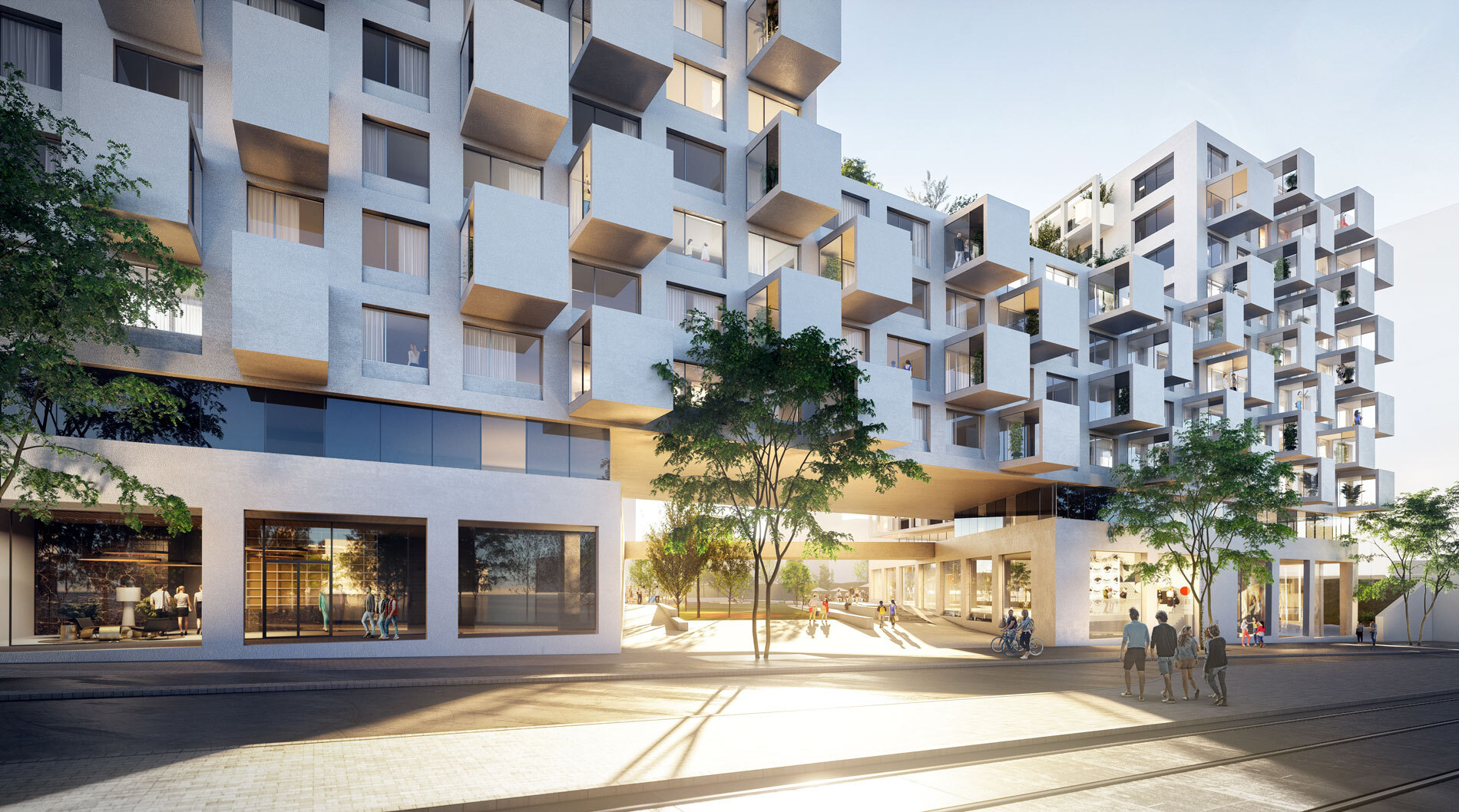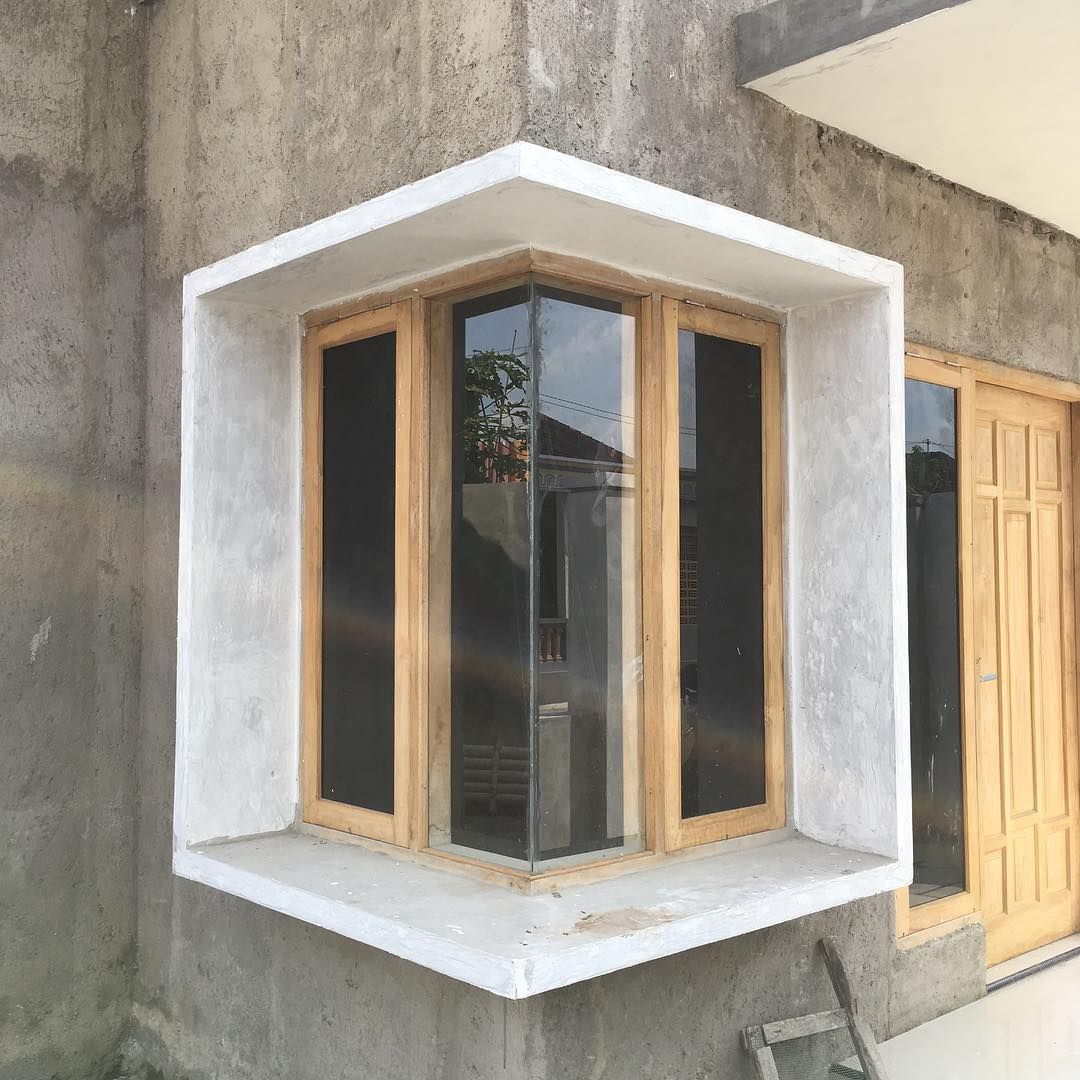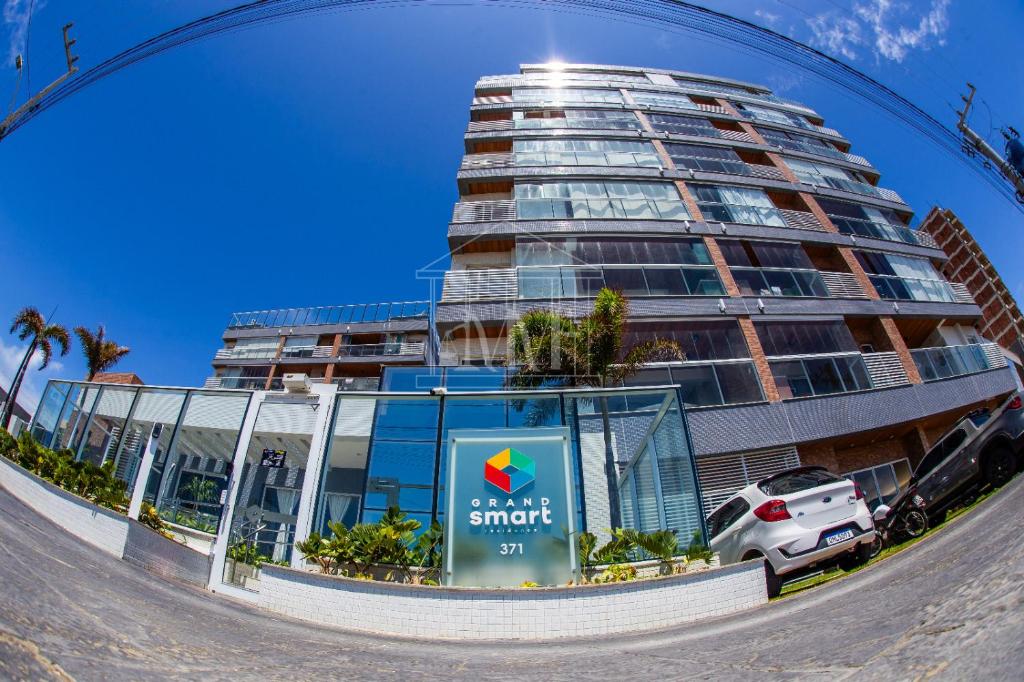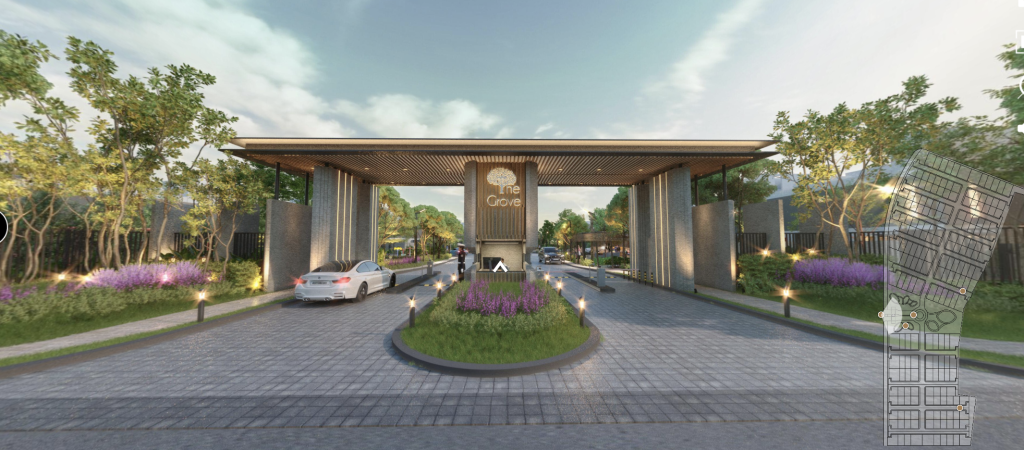You know, when I first started paying attention to residential complexes, I thought they were just big blocks of apartments thrown together. Boy, was I wrong. There’s so much that goes into planning and designing multi-unit residential buildings — it’s like solving a massive puzzle where you have to balance people’s needs, aesthetics, and technical stuff all at once.
I’ve spent quite some time learning about this, and honestly, it’s fascinating how every decision in design can affect how people live and interact in these spaces. Let me share some of what I’ve picked up, the mistakes I’ve seen others make, and some practical tips if you’re interested in this world.
The Big Picture: Why Planning Matters

Early on, I didn’t realize how critical the planning phase is. It’s not just about drawing pretty blueprints. It’s about making sure the building works for everyone who’ll live there. I remember reading about a complex where the units were designed without thinking about natural light, and residents felt like they were living in caves. That’s a huge fail.
Good planning considers everything — how sunlight hits the building, airflow, noise control, and even the flow of people moving in and out. For example, placing stairwells and elevators thoughtfully can reduce congestion and improve safety.
Also, you gotta think about the community vibe. Are there shared spaces like gardens, gyms, or playgrounds? These areas can make a huge difference in how residents connect and feel at home.
Design Challenges: Balancing Function and Style
One thing that surprised me is how tricky it is to balance aesthetics with functionality in multi-unit buildings. I once toured a fancy new complex that looked stunning from the outside but had awkwardly small balconies and cramped hallways inside. It made me realize that beauty alone doesn’t cut it if the spaces aren’t livable.
Designing for privacy is another challenge. In dense buildings, you have to be smart about window placement and soundproofing so neighbors don’t feel like they’re living on top of each other.
I’ve also learned that flexibility matters. People’s needs change — families grow, work-from-home setups become the norm, and accessibility becomes a priority. Designing units that can adapt over time is a game changer.
Sustainability: The Future of Residential Complexes
Lately, sustainability has become a huge focus in residential design, and for good reason. I’ve seen projects that incorporate green roofs, solar panels, and rainwater harvesting — all these features not only reduce environmental impact but also lower utility costs for residents.
Natural ventilation and energy-efficient materials are more than buzzwords; they make a real difference in comfort and running expenses. One complex I read about even used smart tech to monitor energy use and optimize lighting and heating automatically.
Plus, green spaces and trees around the complex aren’t just nice to look at — they improve air quality and mental well-being. Honestly, I think future residential complexes need to embrace this holistic approach to design.
Lessons Learned and Tips for Aspiring Designers
From what I’ve gathered, here are some tips if you’re diving into planning or designing multi-unit residential buildings:
- Start with the residents in mind. Think about how people will live, move, and interact in the space. Don’t just design for looks.
- Prioritize natural light and ventilation. These are game changers for comfort and health.
- Plan for shared spaces. They build community and add value.
- Don’t overlook soundproofing and privacy. They’re key to happy residents.
- Think long-term. Design flexible spaces that can adapt to changing needs.
- Incorporate sustainable features. They pay off in the long run.
Wrapping Up: It’s More Than Just Buildings
Designing residential complexes is really about creating homes and communities Residence, not just structures. Every decision, from the layout of units to the landscaping, affects how people live their daily lives.
If you ever get the chance to tour a well-designed complex, pay attention to the details — the flow, the light, the shared spaces. It’s like seeing architecture come alive.
And hey, if you’re curious about specific design ideas or want to know more about sustainable building practices, just ask. I’m happy to share what I’ve learned!




